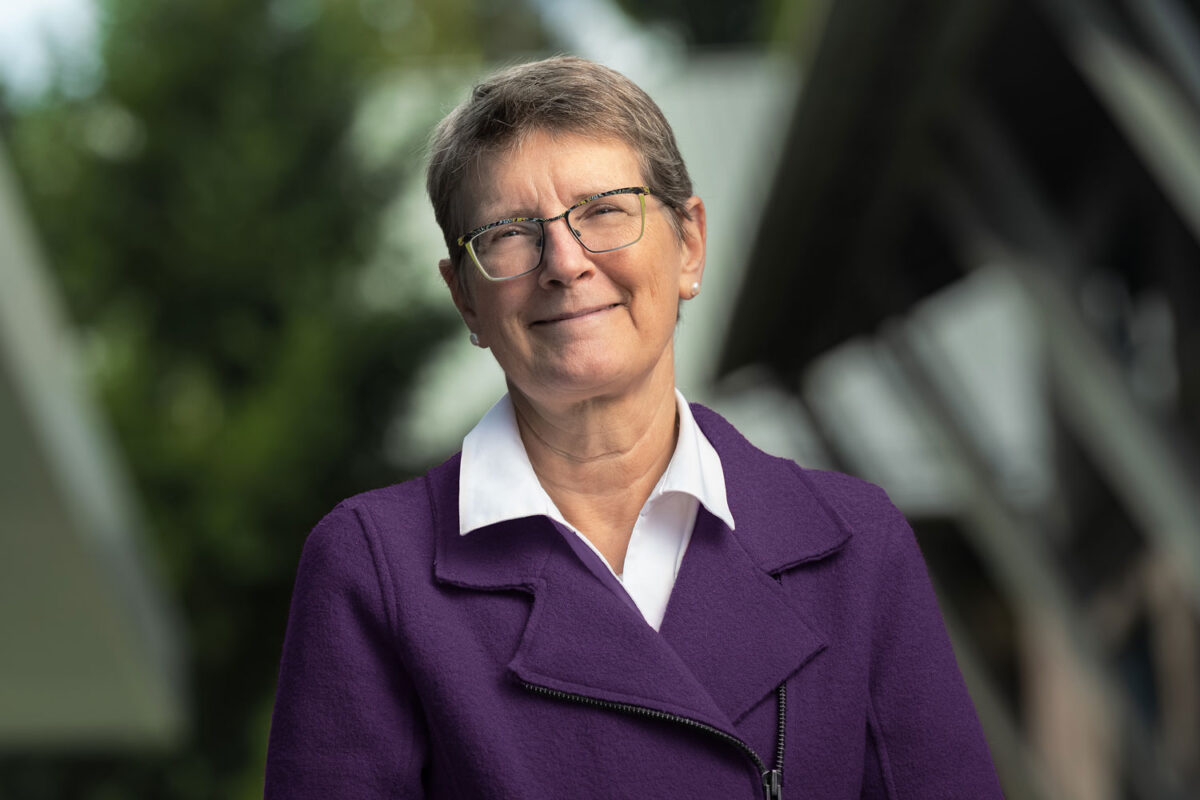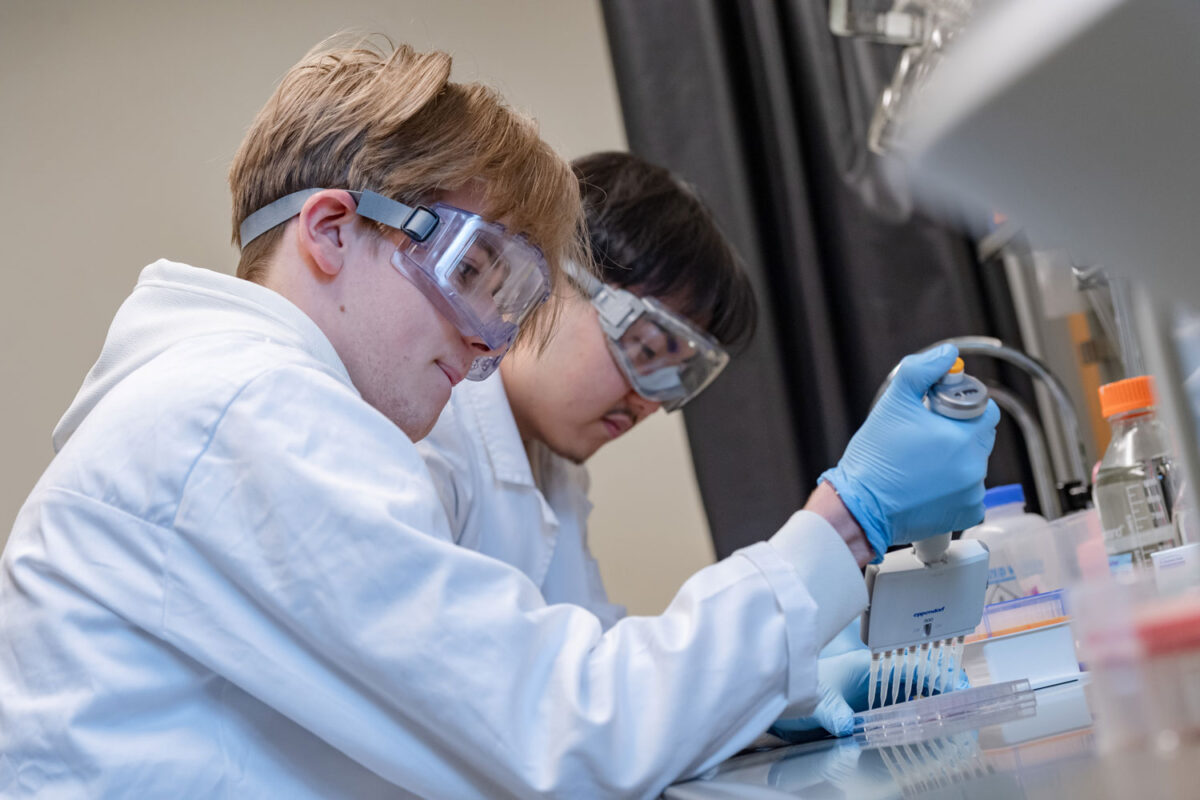By Douglas Esser
When many public school students in Washington take their eye exam in the next school year, they’ll see something new. In addition to a wall chart for distance vision, they should be screened for near-vision problems – the kind that affect a child’s ability to read.
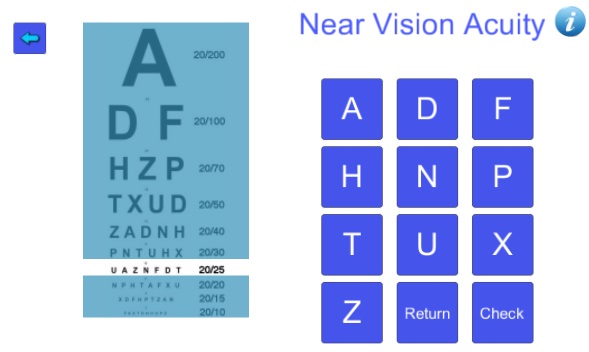
An early look at what some new tests could look like was presented Friday, Nov. 4, at a symposium at the University of Washington Bothell. One is an app for mobile devices being developed by Huaming Chen, a graduate student in computing and software systems engineering.
Chen’s “Near Vision Toolbox” could be used to test near-vision acuity (clarity), convergence insufficiency (both eyes not working together), stereopsis (depth perception), and near point convergence (the closest point eyes maintain a single image). A student looking at the app is asked to read a line of letters like on a typical wall chart, identify shapes or report whether they see one or two circles.
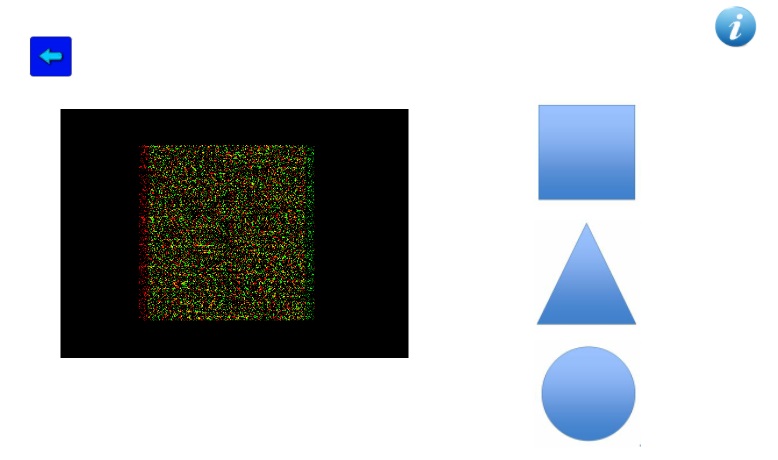
Experts estimate as many as 25 percent of children have undetected vision issues. With about 1 million school children in Washington that means 250,000 may need further evaluation or treatment.
Earlier this year the Legislature passed the law requiring near-vision testing, which is being implemented by the state Board of Health. The proposed rule would allow schools to use instruments other than wall charts and to test for near-vision problems other than acuity, said spokeswoman Kelie Kahler.
The Symposium on Children’s Vision and Learning brought together educators, optometrists, software designers and politicians looking to implement the changes, said Bill Erdly, associate professor in the School of STEM Computing and Software Systems Division. He is leading a group of students, including Chen, developing cost-effective accessible screening.
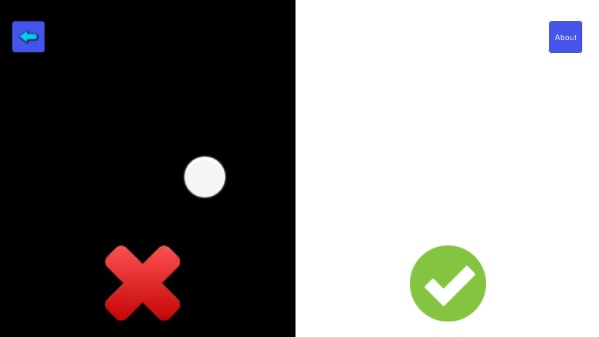
Erdly also is working to create a public/private center for children’s vision, learning and technology at UW Bothell to lead research and development.


